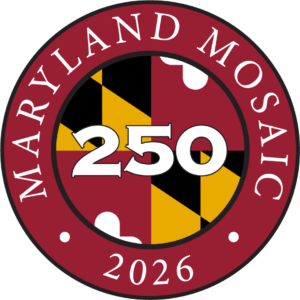Mosaic Pieces
Welcome to the complete Maryland Mosaic.
The Mosaic is not presented chronologically but presents a randomized selection of Mosaic Pieces to spark your interest in a particular event or person. If you would like to have a more ordered chronological overview, use the six fixed time period options on the right of the screen to get a more immediate picture of an historical period. You can also explore by county or by category. Our predefined categories, tags, counties and chronological brackets will help you see links between the Pieces.
The collection has over 140 firsts, including events, people, places, objects, documents or buildings that are unique to Maryland and to the nation. The Mosaic is part of Maryland’s contribution to the U.S. 250th anniversary in 2026. It covers the period from 1776 to the present. You will find at least one Piece for every county and Baltimore City, making this a statewide project.

The two greatest Olympic Swimmers of all time are both from Maryland
The two greatest Olympic Swimmers of all time are both from Maryland.
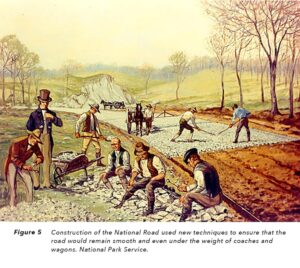
The National Road West is the government’s first project
Maryland builds the beginning of an interstate road, a toll road from Baltimore to Cumberland. In a first federal project the government funds next road segment west to Ohio in 1811.

The Methodist Episcopal Church is the first established church in the U.S.
The Methodist Episcopal Church, the first established church in the US, is formed at the Lovely Lane Meeting House in Baltimore in 1819.
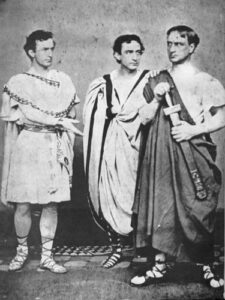
The Booth Family, stained by one event
The Booth Brothers were well known American actors. Here they are costumed for Julius Caesar; John Wilkes is on the left.
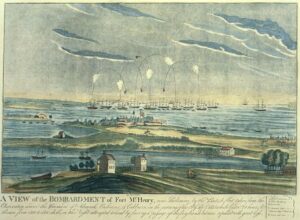
The Battle of Baltimore saves the young country; Francis Scott Key writes “Star Spangled Banner”
Ft. McHenry endures bombardment and saves Baltimore from being burned. The “Star Spangled Banner” is written on September 14, 1814
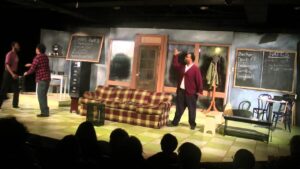
The Arena Players are the oldest African American community theater in the United States founded in 1952.
The Arena Players are the oldest African American community theater in the United States founded in 1952.
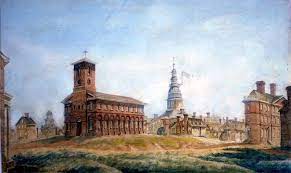
The Annapolis Convention of 1786 paves the way toward a new strong U.S. Constitution.
The 1786 Annapolis Convention is a key prelude to the 1787 US Constitution Convention.
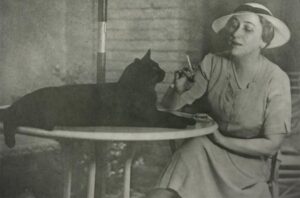
Sophie Kerr Literary Prize created
Popular early 20th century author Sophie Kerr creates the largest U.S. literary prize for an undergraduate at Washington College in 1965.

Smallwood’s Battalion saves Washington’s Army. It later becomes the Maryland Line.
Smallwood’s Maryland Battalion, Washington’s most important troops (the Maryland Line), saves his army at the Battle of Brooklyn in August, 1776. The Army is integrated.

Sgt. Maj. Christian Fleetwood, 4th U.S.C.T. is nominated as the first Black commissioned officer
Sgt. Major Christian Fleetwood, Civil War hero, almost becomes the first Black commissioned officer in the US Army in 1865. Every white commissioned officer in the 4th US Colored Troops recommends him but the Secretary or War declines.
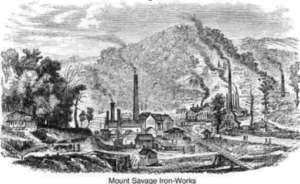
Savage Iron Works shows industrial growth
The Maryland and New York Iron and Coal Company is incorporated in 1837. Within three years, two blast furnaces, a puddling furnace and a rolling mill make the Mount Savage Iron Works the largest in the US. It makes the rails for the B&O railroad.
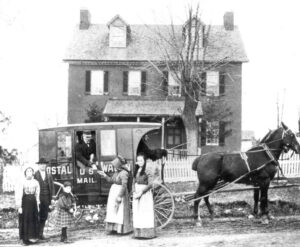
Rural Free Delivery begins
Carroll County inaugurates Rural Free Delivery of the mail. Four letter carriers and their horses begin free daily delivery from Westminster in 1896.

Rembrandt Peale builds the first museum
Rembrandt Peale opens the first purpose-built museum in the US in August, 1814. As a fine arts gallery, it is short-lived, becoming city hall, a school for “colored” children, city water offices and now Baltimore’s Community Museum.

Reaper developed on Carroll County Farm
Jacob R. Thomas, a Carroll County farmer, assembles a wheat reaping machine in 1811 and tries it out locally. It doesn’t cut well, but the first experiment with a mechanical reaper ushers in the age of agricultural machinery.
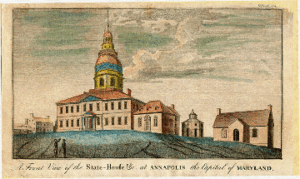
Ratification Day in Annapolis ends the Revolutionary War
Ratification Day marks the end of the Revolutionary War as the Treaty of Paris is ratified in 1784 in Annapolis, making the State House the first capitol of US.
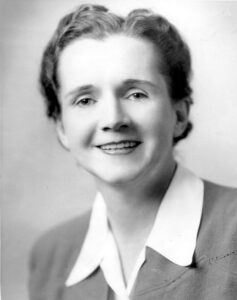
Rachel Carson publishes “Silent Spring”
Rachel Carson publishes a controversial environmental book in 1962 that leads to the banning of DDT and the establishment of the Environmental Protection Agency.


